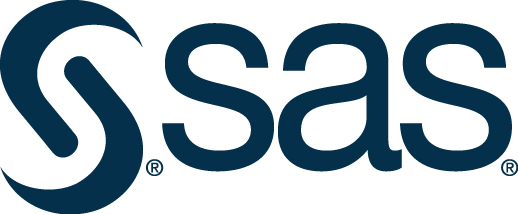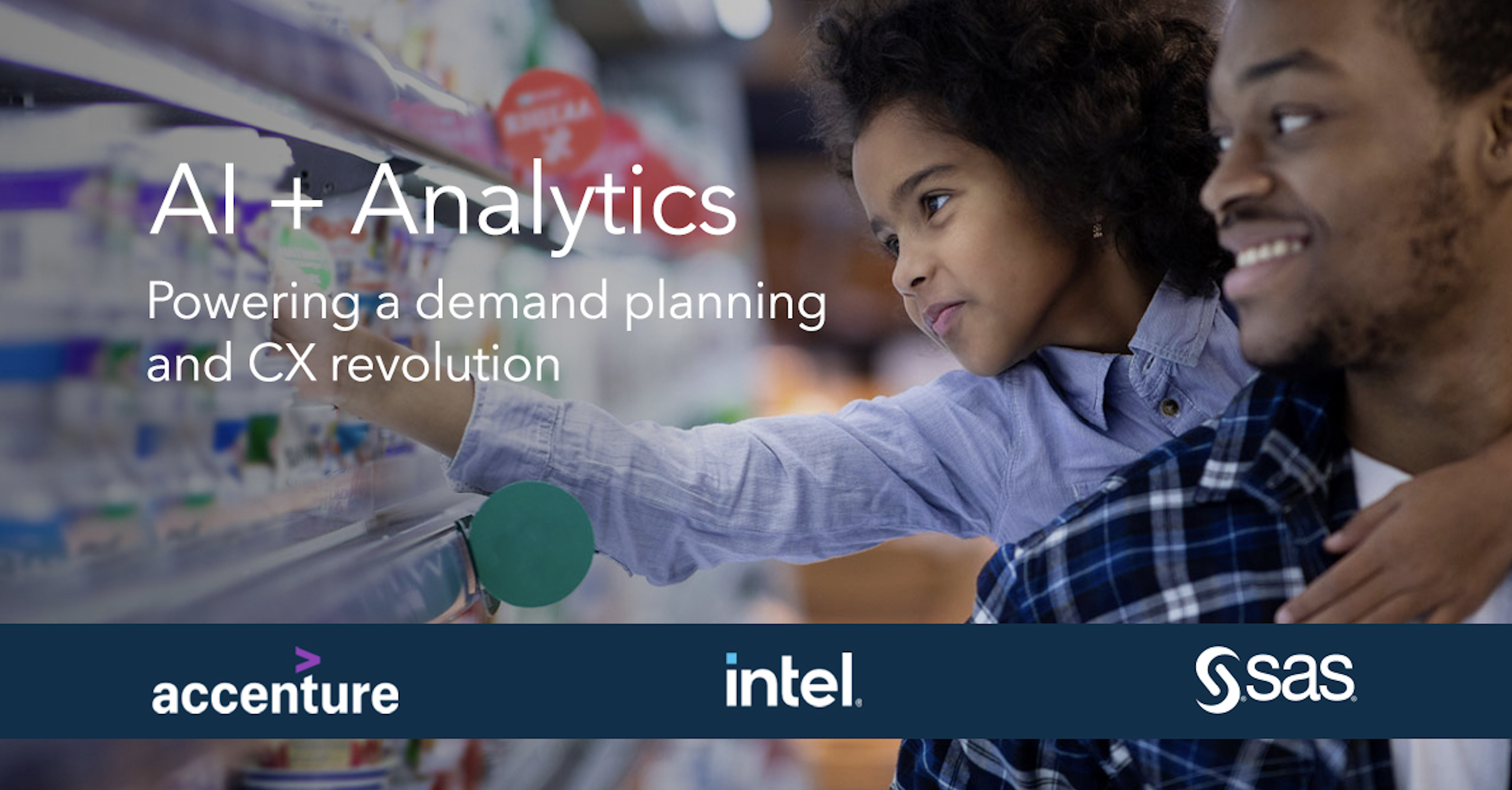
Making the future foreseeable
by Dan Mitchell, Global Director, Retail and Consumer Goods Practice, SAS

Sponsored by SAS
How (the right) data-informed demand planning delivers business agility

SAS.
At one point in time, traditional prediction methods worked. But the global market disruptions and fast-moving trend targets can keep retailers guessing – even though sales data is ample. Today, most retail processes still struggle to directly connect consumer demand with ordering, purchasing and replenishing in a way that can react quickly to the changes in shopping behavior.
The typical approach is to look back at past sales data to build annual and quarterly plans. Then you set those plans in motion, purchasing goods and making sourcing decisions. The next step: hope. You hope your predictions correctly interpret reality. And you hope that your execution systems can make efficient changes as the season arrives and adjustments are needed.
As consumer habits and supplier patterns shift and evolve, traditional retailer challenges remain – but they become more difficult to overcome with traditional solutions. Here are just some of the ongoing retail demand-planning pursuits:
- Understand and predict local consumer behavior.
- Understand and predict product mix preferences.
- Understand and predict apparel sizes applicable to different markets.
- Understand and predict trends and seasonality patterns.
- Understand and predict consumer-demand shopping patterns across different retail formats.
- Understand and predict price sensitivities in local markets.
What’s the obvious common denominator? Understand and predict. This is the job of big data.
Retailers have data. Lots of it. But is it the right data to address the complexities of the modern marketplace and ongoing global supply chain issues? What are the breakdowns in process or technology that are stopping you from getting the data you need? To get from mere data points to insights – that is, to understand what’s happening and predict your responses – you need analytics solutions. Sophisticated capabilities like machine learning can consider hundreds or thousands of input variables to solve your perpetually moving target. By directly connecting consumer demand into a faster cycle, you can adjust down to monthly and weekly levels at a moment’s notice.
For example, new product forecasting and introduction are always difficult challenges. Highly “fashionable” retailers are dealing with a significant number of new SKUs each season. Figuring out how to predict the performance of those new SKUs is a space where analytics-driven demand planning can help greatly.
Supply chain planning
Even if you get a predictive handle on shopper patterns, online buying behaviors and trends for your own products, today’s material shortages and transportation disruptions are making supply chain visibility a key factor for providing successful on-shelf availability. Collaboration and data connectivity throughout your supply chain allow all players within the network flow to assess what’s happening and respond accordingly, pivoting quickly – together.
But it’s not enough to focus on your own supply chain. You must be aware of the adjacent supply chains that ultimately affect your business; you’re only as resilient as they are. If there’s a shortage of personal protective equipment (PPE), for instance, and all the PPE is going to hospitals, then the people who clean out your food production lines can’t get it. Suddenly, you’ve inherited someone else’s supply chain challenges. Situational awareness of your partners’ risks is becoming an imperative aspect of supply chain visibility.
“You absolutely need to be able to trace your goods and have a detailed view inside your supply chain. But it’s also important to understand your suppliers’ supply chains – what they are doing and what challenges they are facing. Retailers need to plan alongside their suppliers, integrating supply chains and visibility. Without this visibility and information, they risk that goods will run out of stock.”
Jon Mayes, Trading Grocery Dev Ops Manager, Waitrose
Planning on the speed cycle
Retailers around the globe recognize the importance of increasing the speed and frequency of planning cycles for forecasting agility. A recent research report from Accenture, Intel and SAS gauges how organizations are improving their demand planning, supply chains and customer experience. Surveying 1,000 retail and consumer goods executives from all over the world, this enlightening report highlights that analytics and technology are powering a demand planning and customer experience revolution.
75% say forecasting for demand and supply cycles is increasing in both speed and frequency (e.g., our planning cycles are faster; we are planning more often and must produce each plan faster).
63% of demand and supply cycles are becoming more episodic and volatile.
54% say keeping up with consumer sentiment poses a significant challenge.
49% of supply chain teams (production/fulfillment/etc.) have significant access to market conditions and demand signals.
61% are making greater efforts to harness more supplier data to improve supply and demand forecasting and planning.
Retail demand-planning strategies must evolve, requiring cyclical acceleration along with wider and deeper visibility. Are you investing in AI and analytics solutions for demand-planning agility?
Learn more about demand planning in this e-book from SAS and Intel.